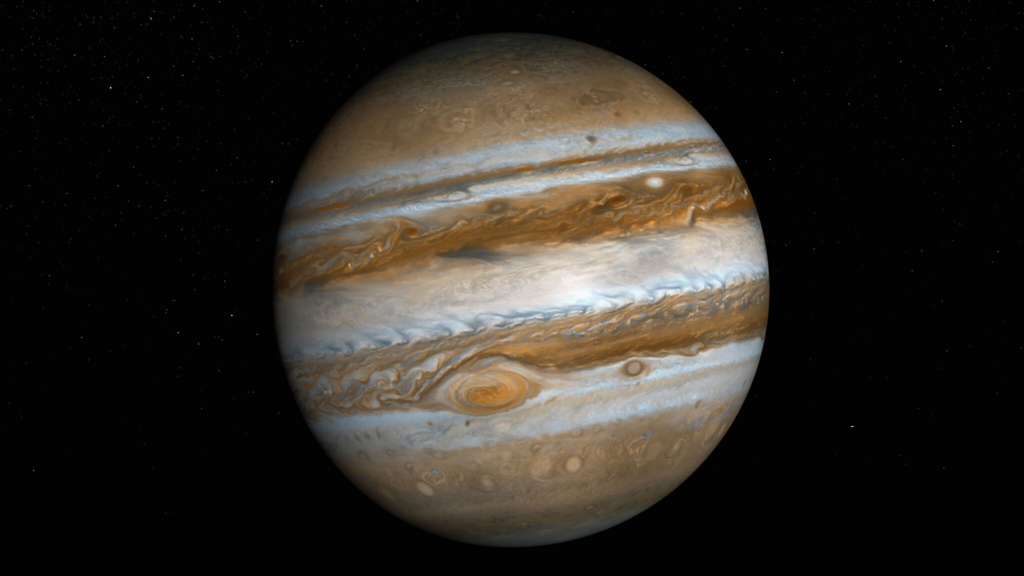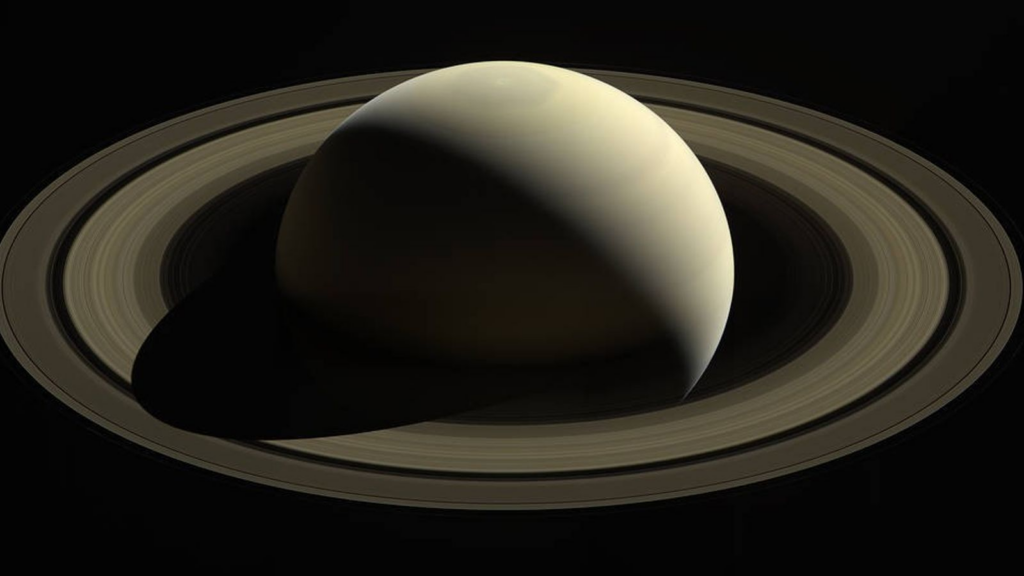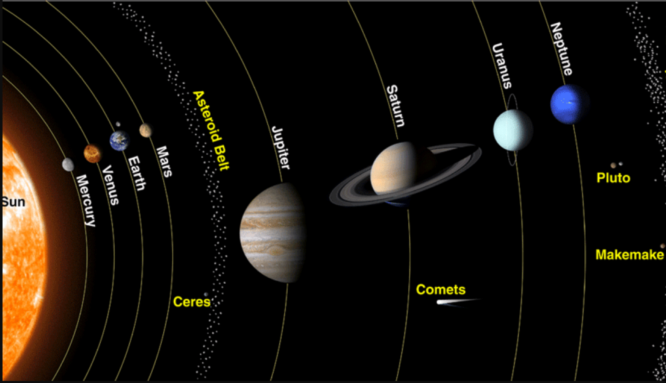Astronomers announced the discovery of 12 new, minor moons orbiting Jupiter in February of this year, bringing the total number of satellites orbiting the heaviest planet in the Solar System to 92.
Saturn had 83 officially recognized moons at the time. Jupiter held the distinction of possessing the most confirmed moons in the Solar System for only a few months.
Now, astronomers have announced the discovery of 62 additional moons orbiting Saturn, bringing the planet’s total number of moons to an astounding 145. Saturn has reclaimed the title of the planet with the most moons in the Solar System.

The researchers used a method that had previously been used to search for dim moons orbiting Uranus and Neptune, but had never been used to search for moons orbiting Saturn.
Saturn now has 145 natural satellites after discovering 62 more.
The shift and stack technique involves adjusting multiple exposures and layering them in order to detect faint objects that would otherwise be undetectable. After their discovery, the objects had to be followed over time to corroborate that they were the planet’s moons.
The majority of recently discovered moons have irregular shapes and are thought to be captured asteroids by the massive gravity of the gas giant.
The moons are classified into three groups based on the inclination of their orbits: the Inuit group, the Gallic group, and the Norse group.

The most populous of the three is the third. It is believed that the formations are the result of collisions and interactions.
The moons are assisting astronomers in constructing a clearer image of the gas giant’s history. Brett Gladman, a member of the research team that made the discovery, says, “As we push the limits of modern telescopes, we are accumulating evidence that a moderate-sized moon orbiting Saturn backwards was blown apart roughly 100 million years ago.”

